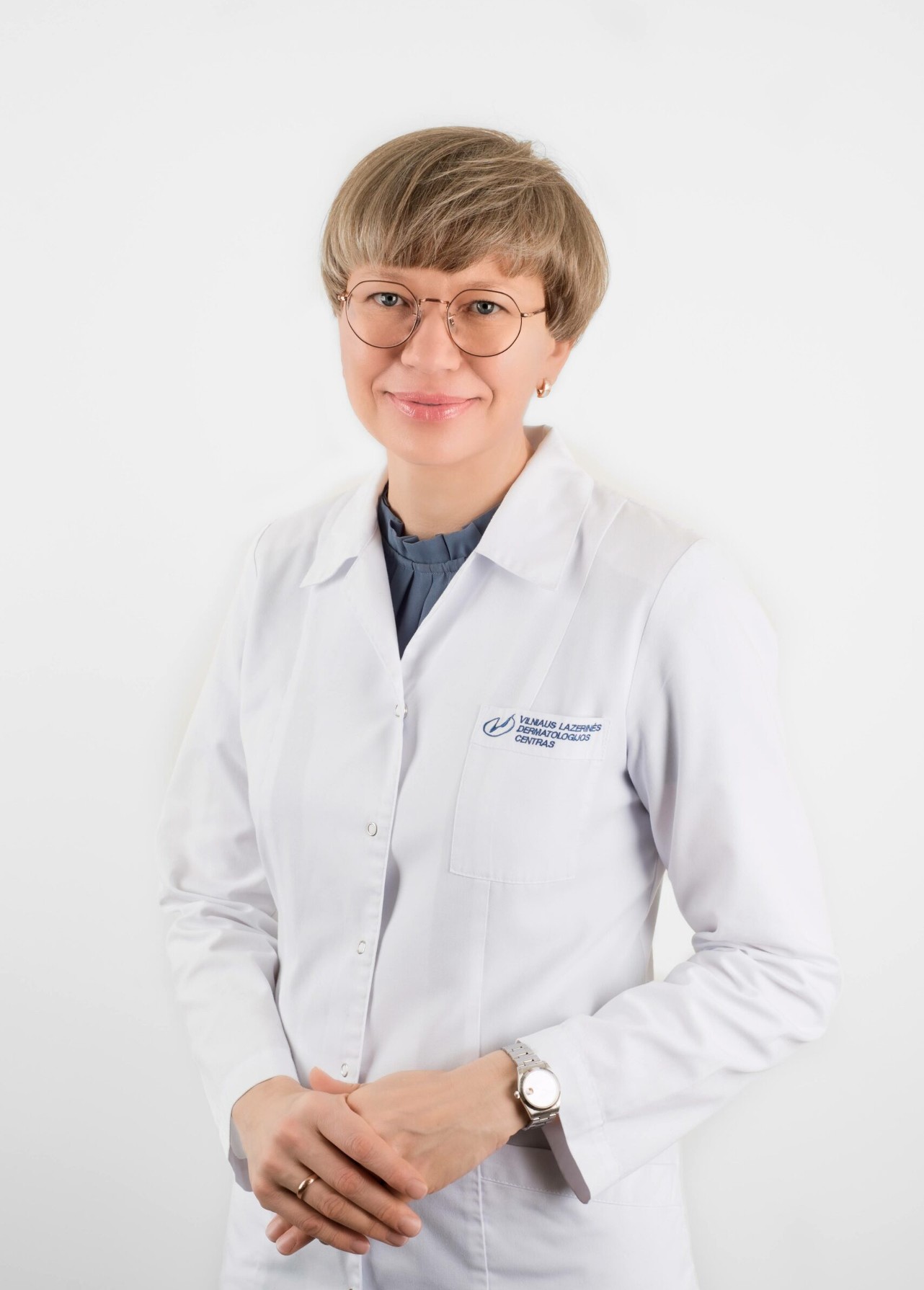Mycosis fungoides is the most common form of cutaneous lymphoma. It is a mature non-Hodgkin’s lymphoma of mature T lymphocytes, which usually affects only the skin, but can spread to the lymph nodes, blood or internal organs. It is characterised by a skin rash in the form of spots, plaques or nodules. Rashes may be isolated or widespread and sometimes involve the skin of the whole body.
The exact cause of the disease is unknown. It is thought that the following factors may influence the development of the disease:
- Genetic factors
- Contact with chemicals, industrial chemicals
- Viruses (especially human T-lymphotropic virus type I)
The most common age of onset is between 55 and 60 years old, with almost twice as many men as women. It is estimated that 6 new cases per 1 million population are diagnosed each year in Europe, representing 4% of all new cases of non-Hodgkin’s lymphoma. Fungal granuloma is not a hereditary disease, so the patient’s relatives have nothing to fear for their health.
Signs of cutaneous lymphoma
Often, before an accurate diagnosis is made, patients are mistakenly treated for psoriasis, monetic dermatitis and other very similar conditions. Occasionally, itching of the skin may be troublesome. The characteristic elements of a lymphoma rash are spots, plaques and nodules. Cutaneous lymphoma is a chameleon disease – a patient may have several types of rashes at the same time, differing in colour, size, shape and location.
- Spots. These are irregularly arranged, may (or may not) be scaly, and may have a varying shade of red. Some have clearer boundaries, others are ‘fuzzy’. Often reminiscent of psoriasis or eczema, a fungal infection (hence the word ‘fungal’ in the name). Over time, the spots ‘thicken’ and turn into plaques.
- Plaques. Round, oval, characterised by an unusual configuration.
- Nodules. These are characteristic of the late, advanced phase of the disease. May sometimes ulcerate. If the rashes merge together, the whole skin becomes red and ‘erythroderma’ occurs. In parallel, the skin of the palms and soles of the hands thickens and hair may fall out. Often, enlarged lymph nodes are removed.
How is cutaneous lymphoma diagnosed?
The main test for this diagnosis is a skin biopsy. Other tests are then carried out to assess the extent of the disease, such as blood tests, ultrasound of the internal organs, and chest radiographs.
In the early stages, it is not easy to establish an accurate diagnosis because not only do the rashes mimic benign inflammatory skin diseases, but also the typical changes are not seen on histological examination of the skin. In some cases, it is necessary to repeat the skin biopsy and re-evaluate the histological examination. Cutaneous lymphoma is distinguished from psoriasis and eczema.
The course of the disease is unpredictable, but is mainly influenced by the spread of rashes and the presence (or absence) of internal organ involvement.
How is cutaneous lymphoma treated?
Treatment is prescribed according to the extent of the disease. If the disease is detected at an early stage, PUVA therapy is the most effective method of treatment, which not only heals existing rashes but also prevents new ones from appearing. PUVA therapy is also effective in the plaque stage of lymphoma. Corticosteroid ointments are prescribed in case of troublesome itching.
Depending on the extent of the disease, 30 to 40 sessions of PUVA therapy are usually recommended to control the disease.
Each case is individual and the treatment method is chosen after a discussion with the doctor and evaluation of the test results.

